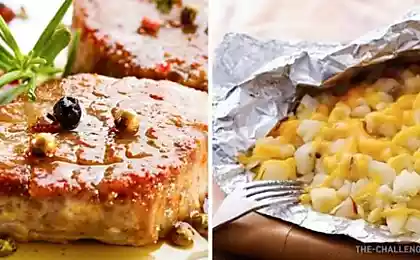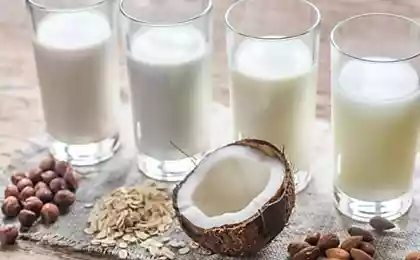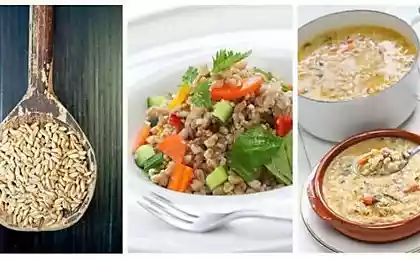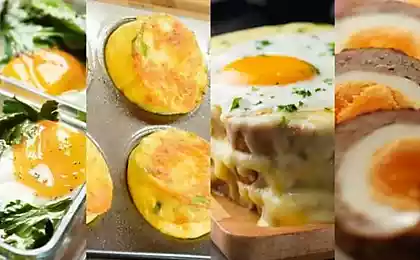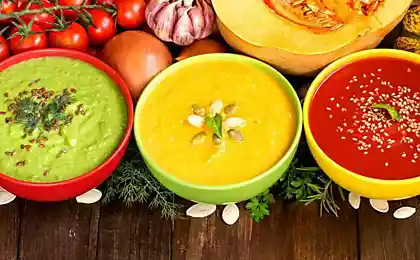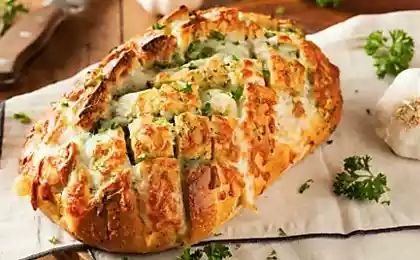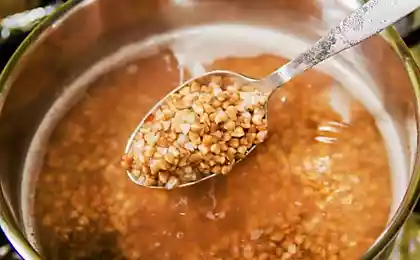1083
Cryogenic cooking
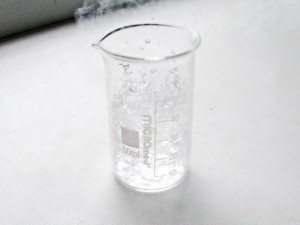
With the discovery of a man fire, exposure of food to high temperatures, it has been the main method of cooking, using this method, you can change the color, taste and texture of food. But the invention of cryogenic techniques handed cooks exciting new tools with liquid nitrogen to convert food into pleasure the most amazing way. For many years, the main cooling agent was dry ice (frozen carbon dioxide) which sublimes directly into CO2 with a temperature of -78 degrees Celsius. Although dry ice has some interesting properties of its solid form limits its usefulness in. Nitrogen boils at a much lower temperature: -321 degrees Fahrenheit, about the same number of degrees below zero, as hot oil fryer above zero. And because nitrogen evaporates Unlike carbon dioxide, it is relatively easy to store, and the liquid is poured into a bowl or eat. Since the viscosity is approximately one-fifth of the water and it has a relatively low surface tension liquid azotbystro penetrates into inaccessible corners and cracks in foods, such as pastries, burgers, which are rough or uneven surfaces. Liquid nitrogen is also doing hard freeze quickly and conveniently. Speed is crucial for freezing foods without damaging their structure. In general, the faster the freezing process, the smaller the ice crystals and the less they will destroy the cellular structure of the food. Since the 1970 chef used liquid nitrogen to make ice cream. Most recently, cooks began to use it to freeze thin products such as foie gras. Liquid nitrogen is a relatively new addition to the kitchen, many other applications of this versatile liquid still await discovery.
